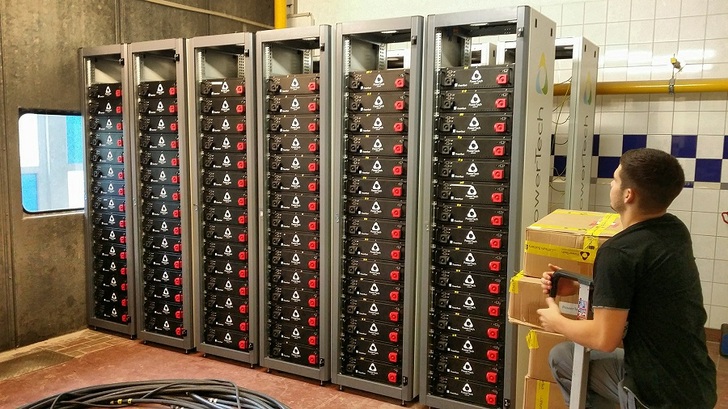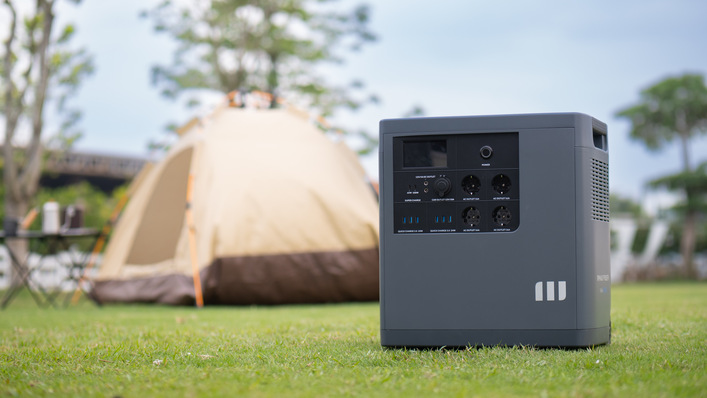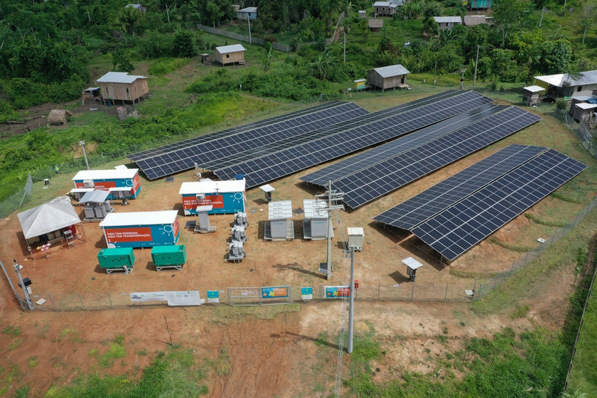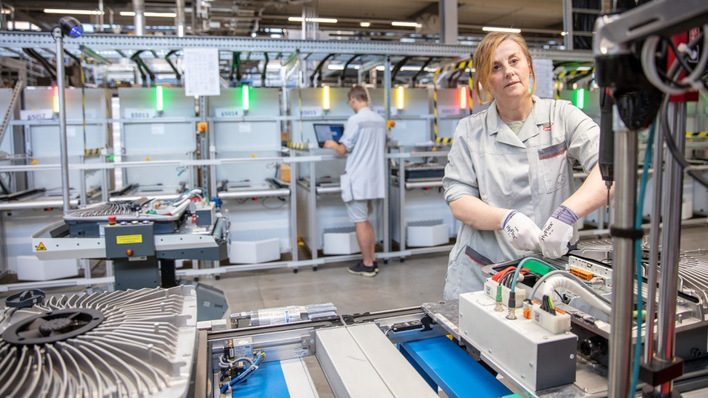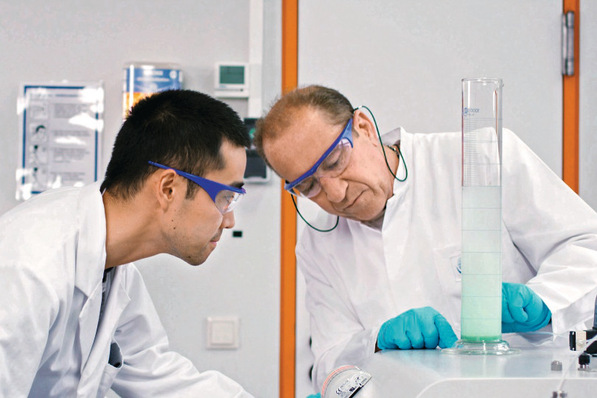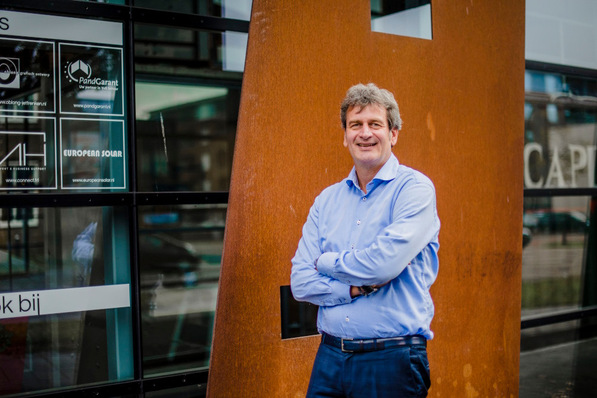In the EU project “NETfficient”, the electricity grid on Borkum island is supplied to a large extent by locally produced renewable energy and equipped with diverse storage technologies. The solutions for energy autonomy developed in this project are tested under real conditions on the island and can be easily transferred to other regions later on. Distributed around the island, the storage systems and suppliers are connected in a smart grid and controlled by an intelligent energy and grid management system. In all, forty home storage systems, five business systems, a thermal storage system and a new hybrid energy storage system are integrated into the medium voltage grid.
Dynamic subcomponents
“Besides the 500 kWh Li-ion battery, one of the most important components in the hybrid system is the battery inverter developed at Fraunhofer ISE. This inverter has a total power of one megawatt containing up to eight highly compact and particularly dynamic subcomponents each with a power of 125 kW. The modularity enables systems of any size up to the multi-megawatt range to be realized,” remarks Olivier Stalter, Director of the Business Division “Power Electronics, Grids and Intelligent Systems” at Fraunhofer ISE. In addition to the Li-ion battery storage, a super capacitor is integrated into the system as short-term storage to smooth out power peaks and thus increase the battery lifetime.
Compact, fast response and modular inverter
“Due to its much higher switching frequency, the battery inverter developed at Fraunhofer ISE can respond more quickly to fluctuations in the electricity grid than devices that are currently available. It is therefore suitable for a very fast primary reserve, for reducing peak loads as well as for self-consumption solutions on the industry scale. The megawatt inverter is housed in a 19-inch rack with a height of 200 cm, which is two to four times smaller than similar units available currently on the market,” explains Stefan Schönberger, Team Head at Fraunhofer ISE.
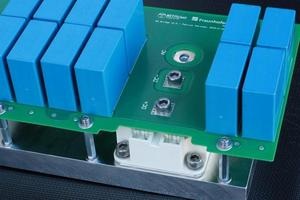
State-of-the-art silicon carbide semiconductors
This result was achieved by using state-of-the-art silicon carbide semiconductors and an optimized board layout, employing filter elements as well as various cooling methods. In order to achieve the extremely fast switching speeds yet keep the resulting overvoltages on the semiconductors small, an optimized thick copper printed circuit board with exclusively foil capacitors was developed for this purpose. For the most part, a liquid cooling plate is responsible for the optimal (thermal conditioning). In order to achieve compact and low loss inductors, a high-quality power core material in tablet form was used.
Assisted by these technologies, the Freiburg researchers could realize a quality plug-in inverter insert with 125 kW power and all necessary switching and protection elements contained in a 19-inch slot with a height of only 15 cm. Each unit has plug-in contacts for power and cooling fluid and can be exchanged during operation. During exchange or fallout of the plug-in unit, the internal communication newly distributes the master and slave roles in fractions of a second. Thus, a total system can be realized that is robust and maintenance friendly.
Predictive controls for better performance
The power electronics control is based on a new predictive model-based approach. By measuring all relevant currents and voltages in the energy system and with the model- based forecasting, significant efficiency gains can be achieved compared to the existing conventional controllers up to now.
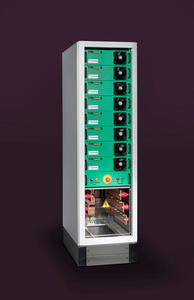
Besides the power electronics, the researchers at Fraunhofer ISE also developed the energy management system for the hybrid energy storage system. Here the energy management software framework OpenMUC, also developed at Fraunhofer ISE, was used. Considering the modular construction and the variety of communication possibilities, OpenMUC was used to control the battery storage, super capacitor and the inverter and to monitor the parameters relevant for the system security. In a field test with new algorithms, the energy management system divided the power between the battery and the super capacitor. Two different approaches with different parameters and recharging strategies were investigated. The project partners carried out the medium-term operation planning by supply and demand predictive forecasting and by integration into the global platform.
Other developments from Fraunhofer ISE that contributed to the project are the new business models for storage systems; for example, self-consumption, peak shaving i.e. reducing the price of power, for balancing energy markets, the control of power gradients as wells as the provision of reactive power in the low voltage grid. (HCN)
Read more about energy storage
Stay informed, get our free newsletter twice a week. Register here.
More useful information:

